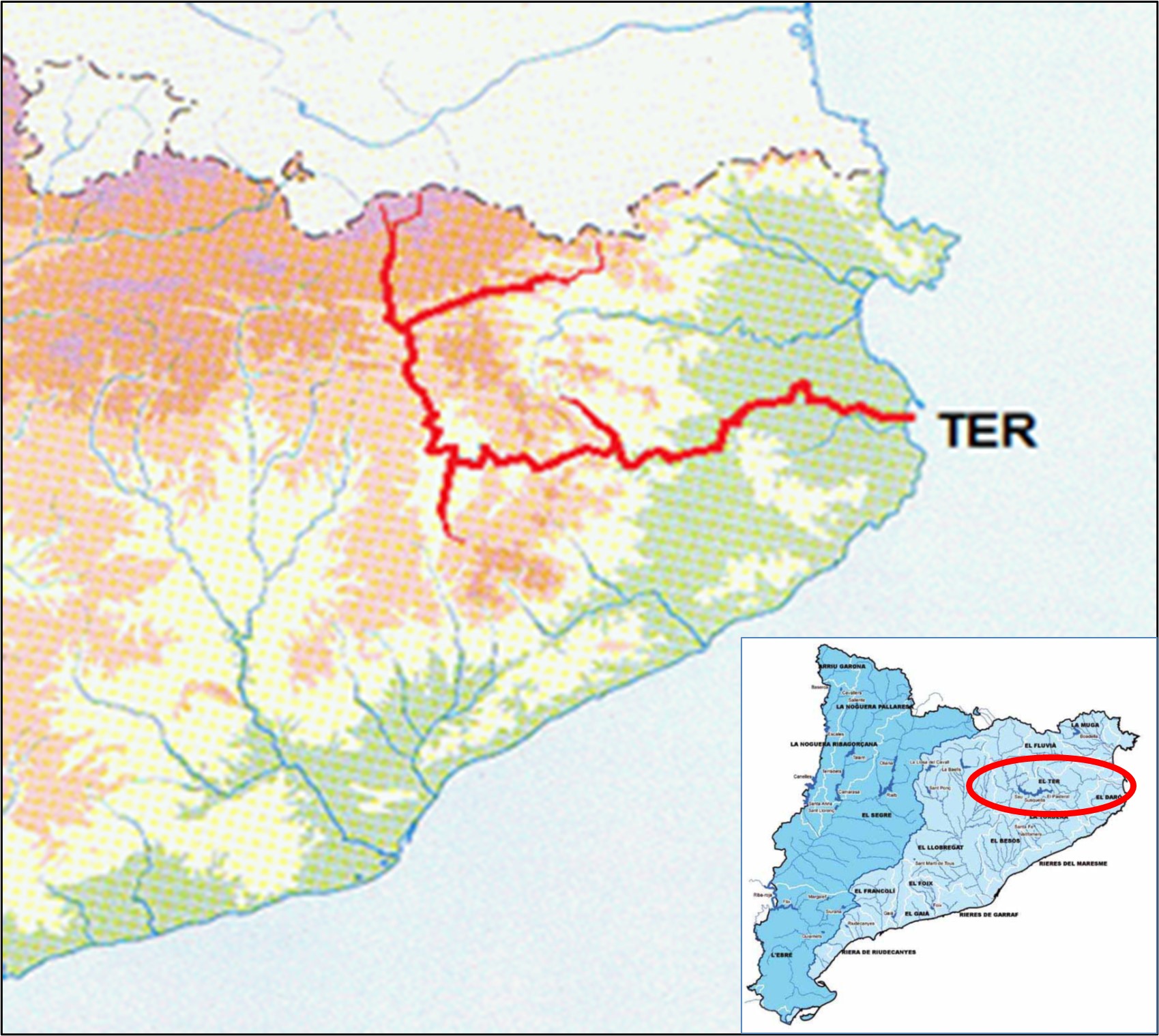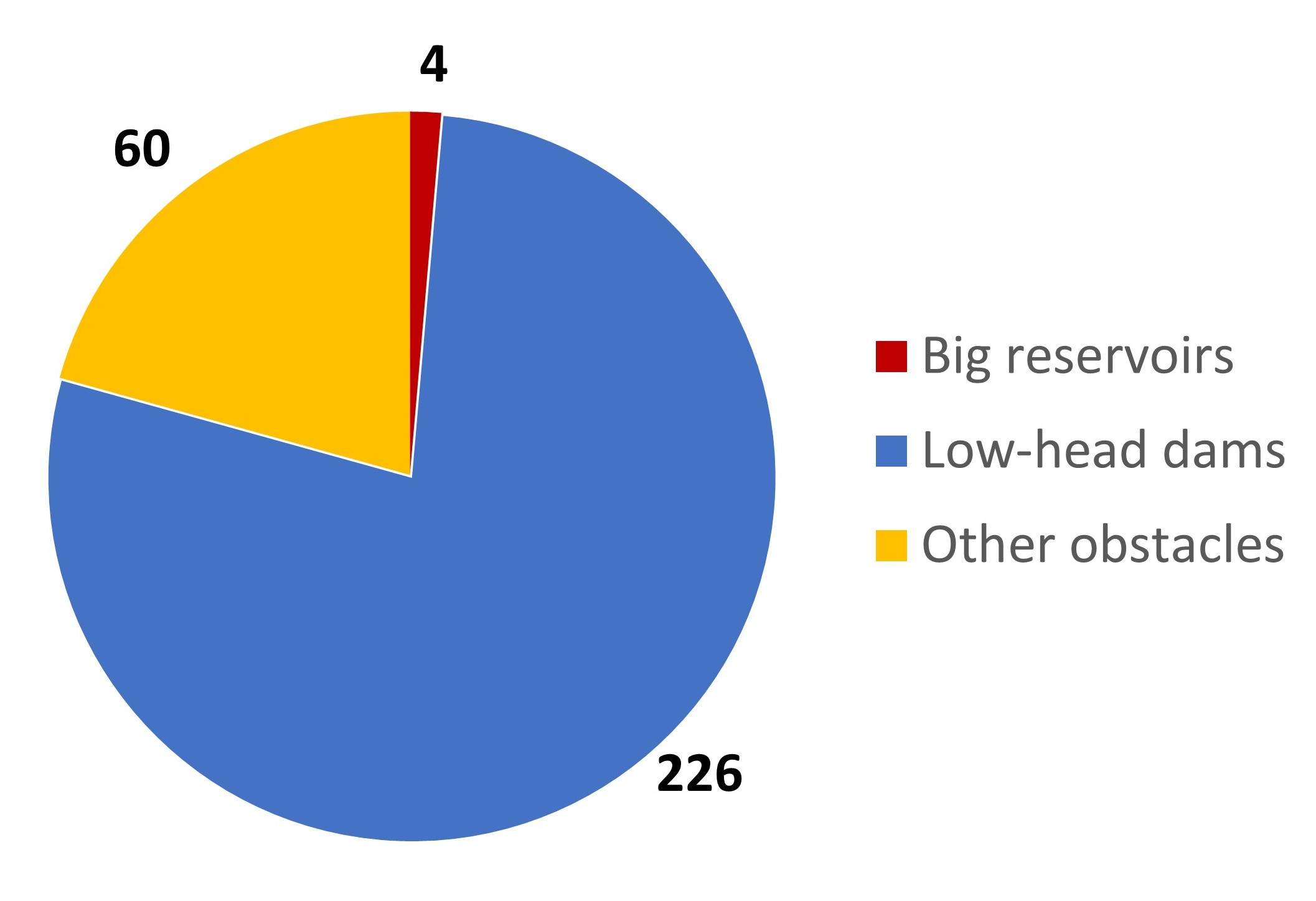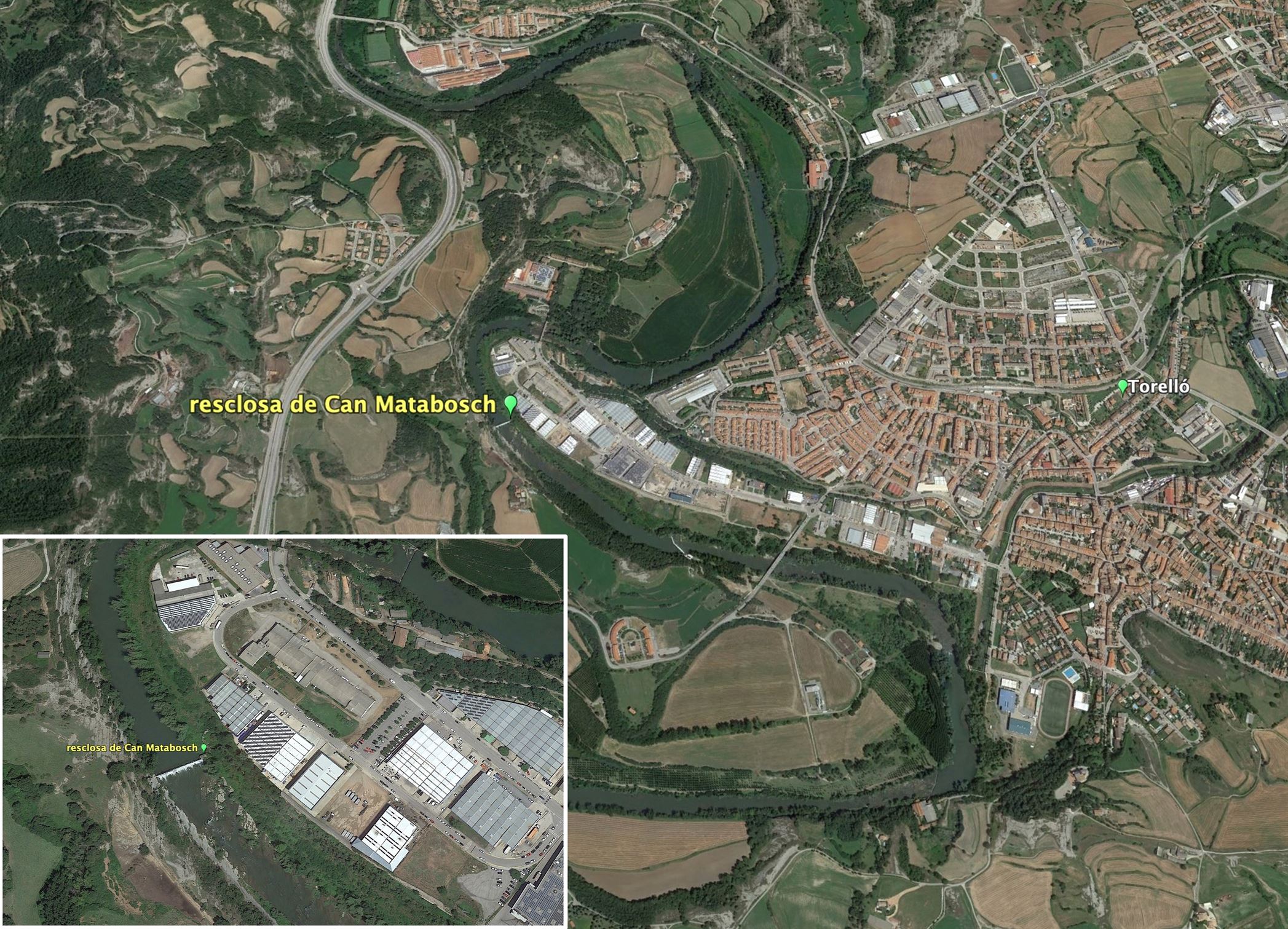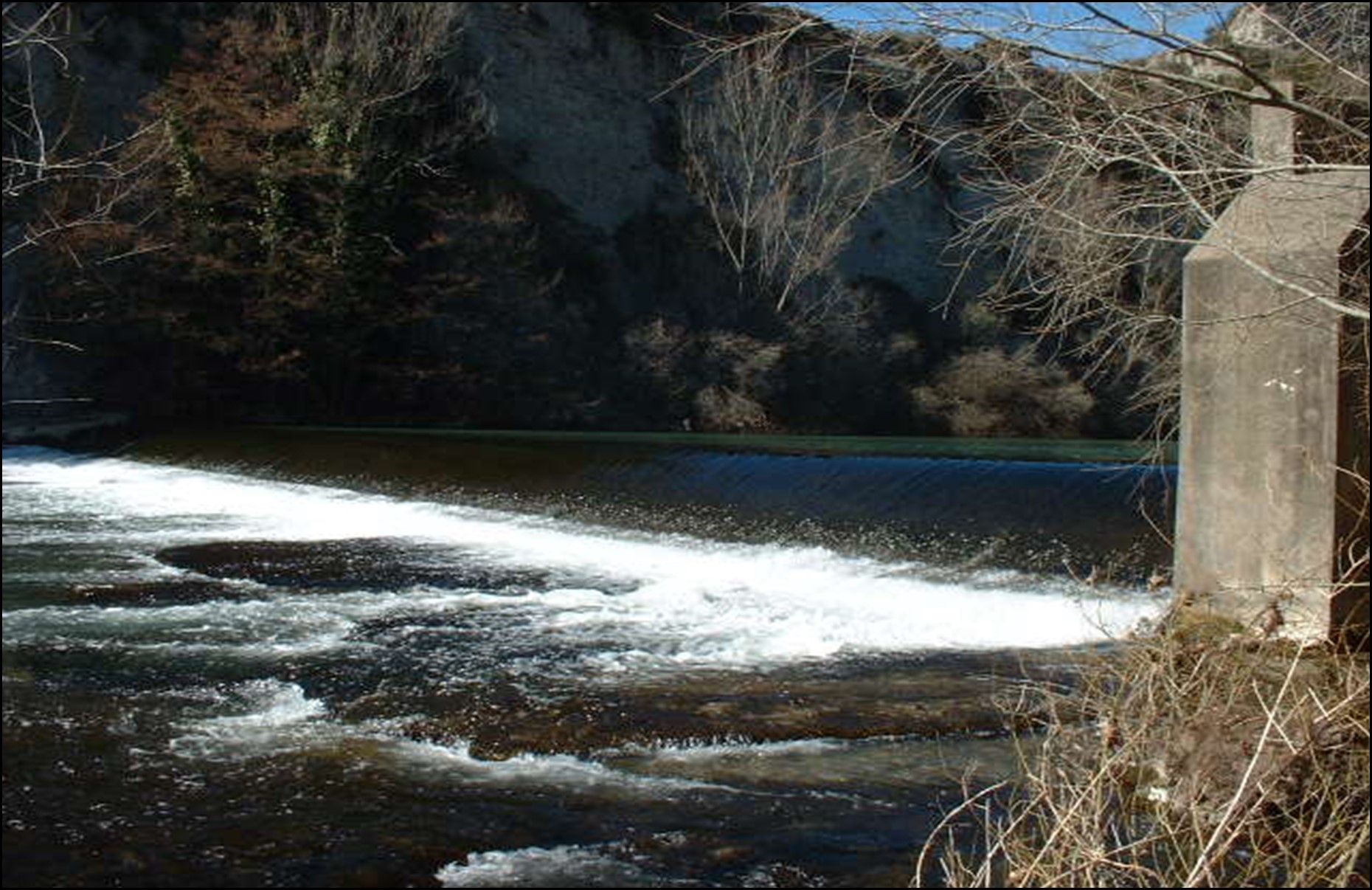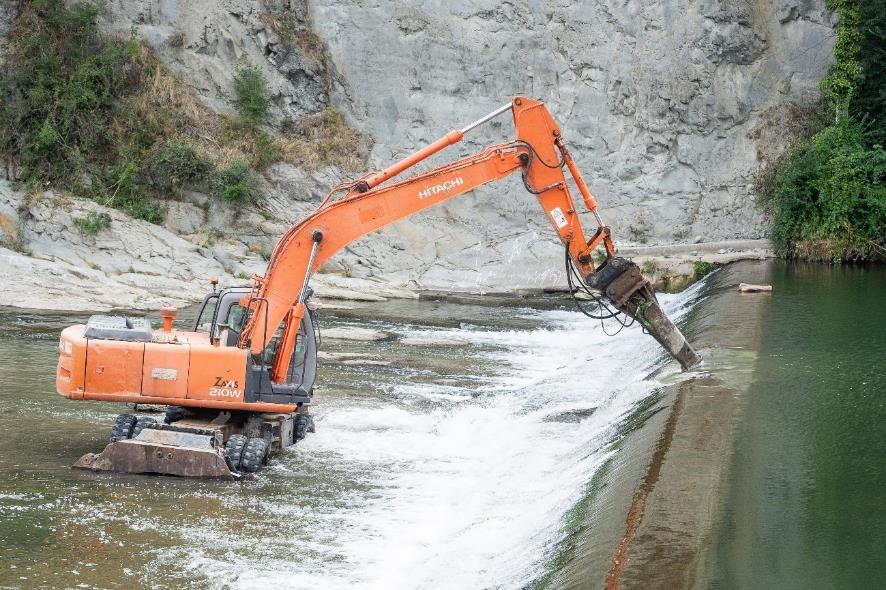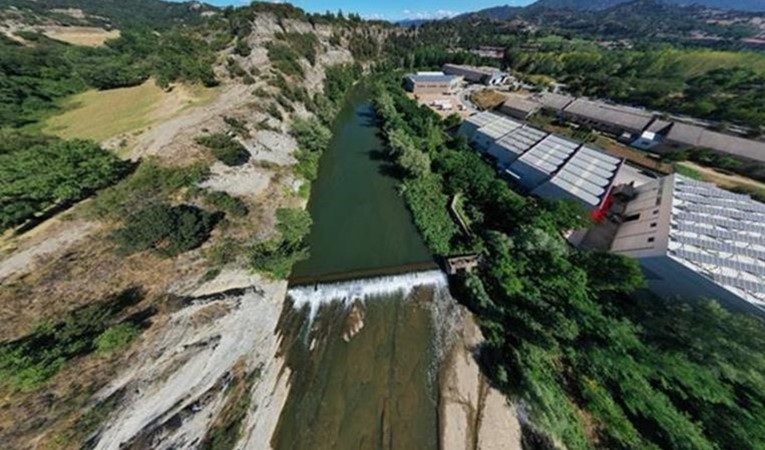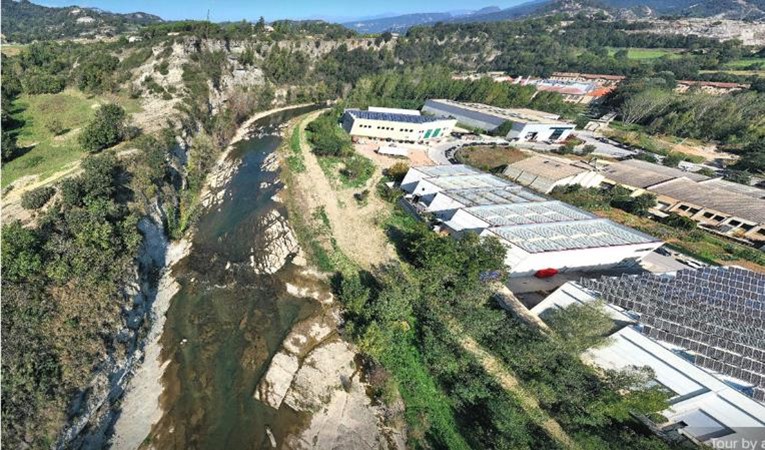Important steps to restore the free-flowing state of River Ter in Catalonia
River Ter
River Ter is 208 km long, its drainage area is 30010 km2 and its basin is one of the largest in the Water District of Catalonia (Figure 1). Its headwaters are in Ulldeter, 2400 m above sea level, in the Pyrenees, in North-eastern Catalonia, Spain. It initially runs in a North-south direction, then turns towards a West-east direction close to Manlleu city (41.994453, 2.248599) to finally flow into the Mediterranean Sea near the Estartit village (42.023187, 3.193893). Although River Ter springs from the Pyrenees, it is strongly influenced by the tributaries located in the middle and lower parts of its basin, causing seasonal floods during spring and autumn.


